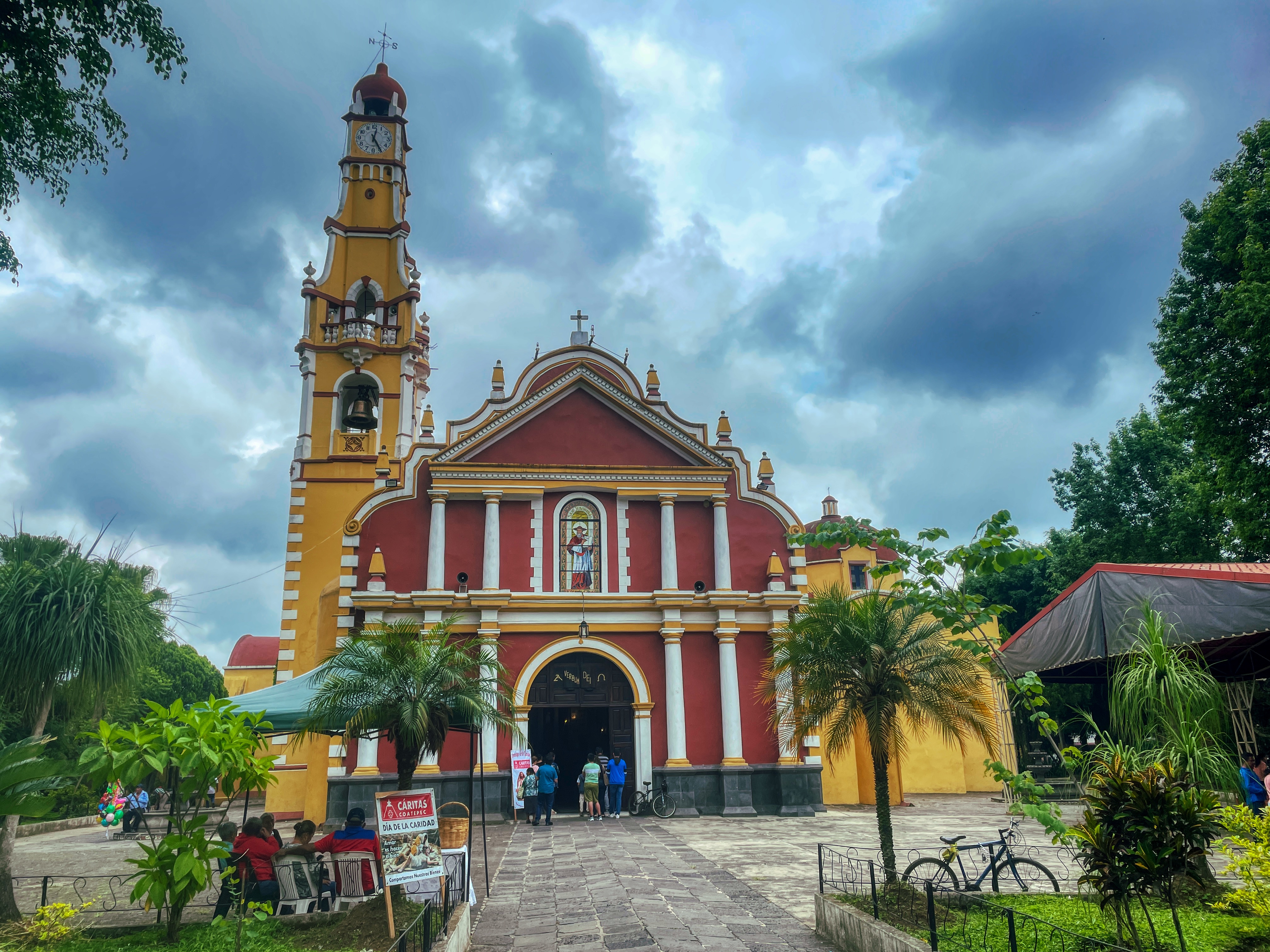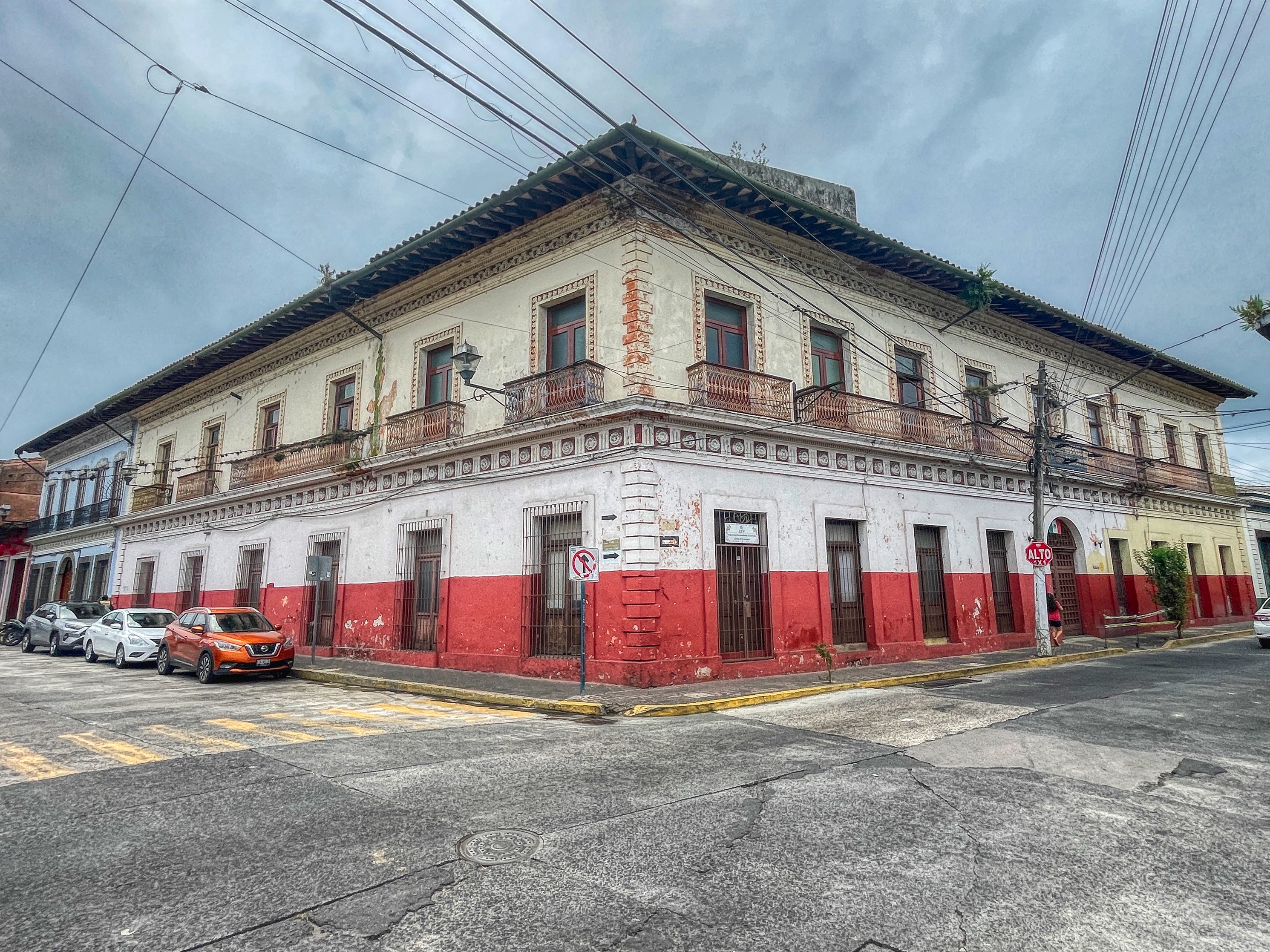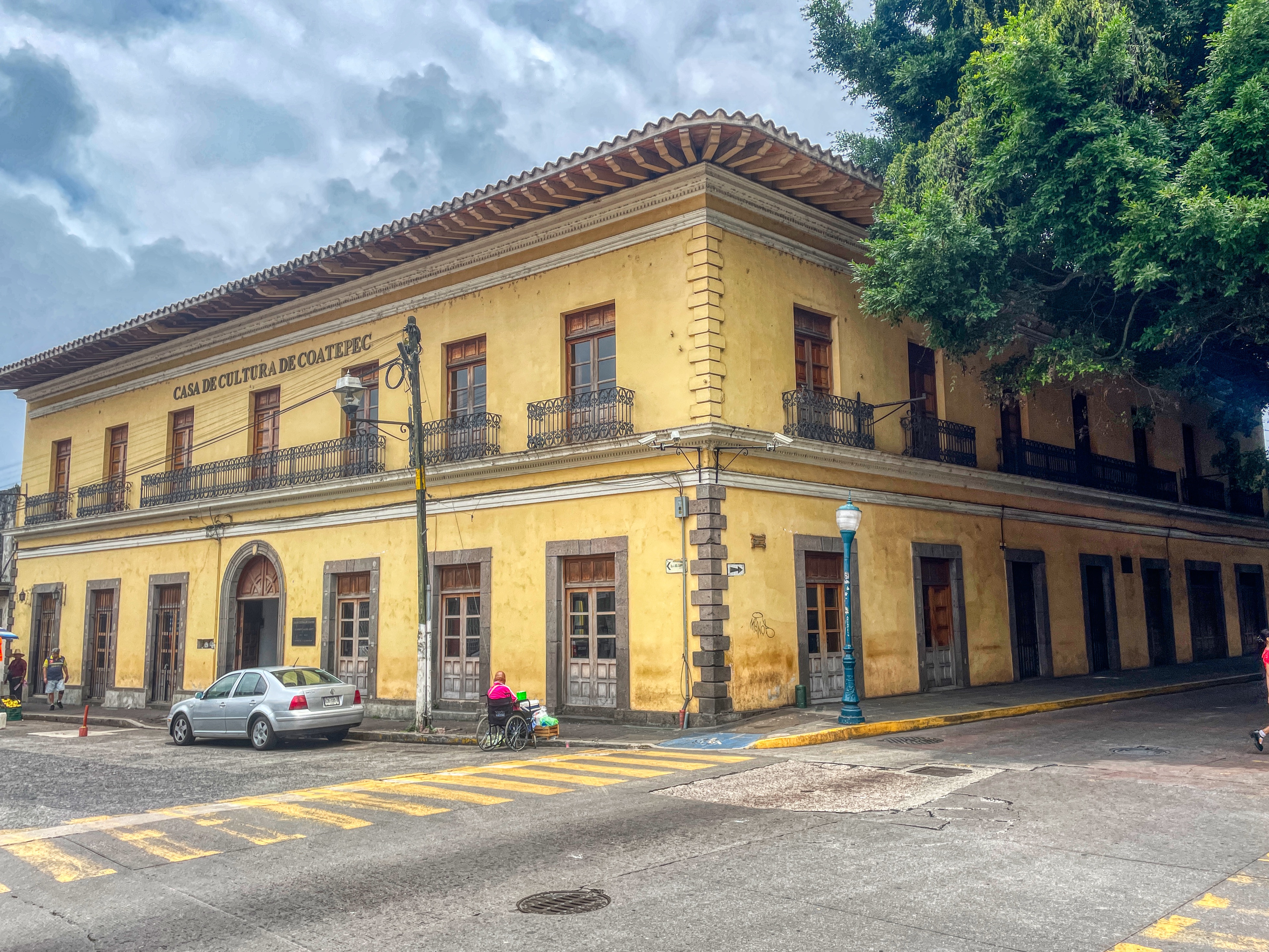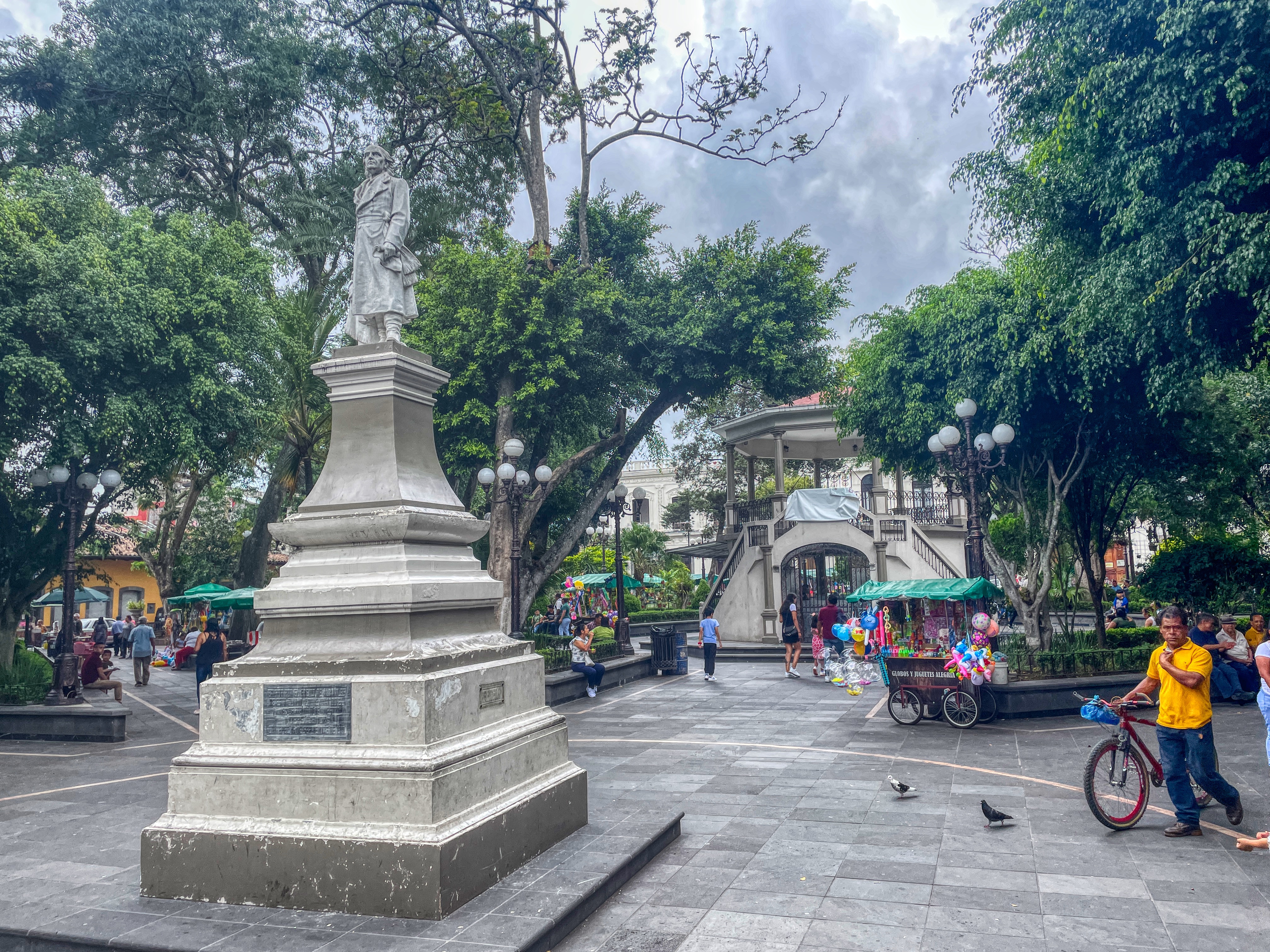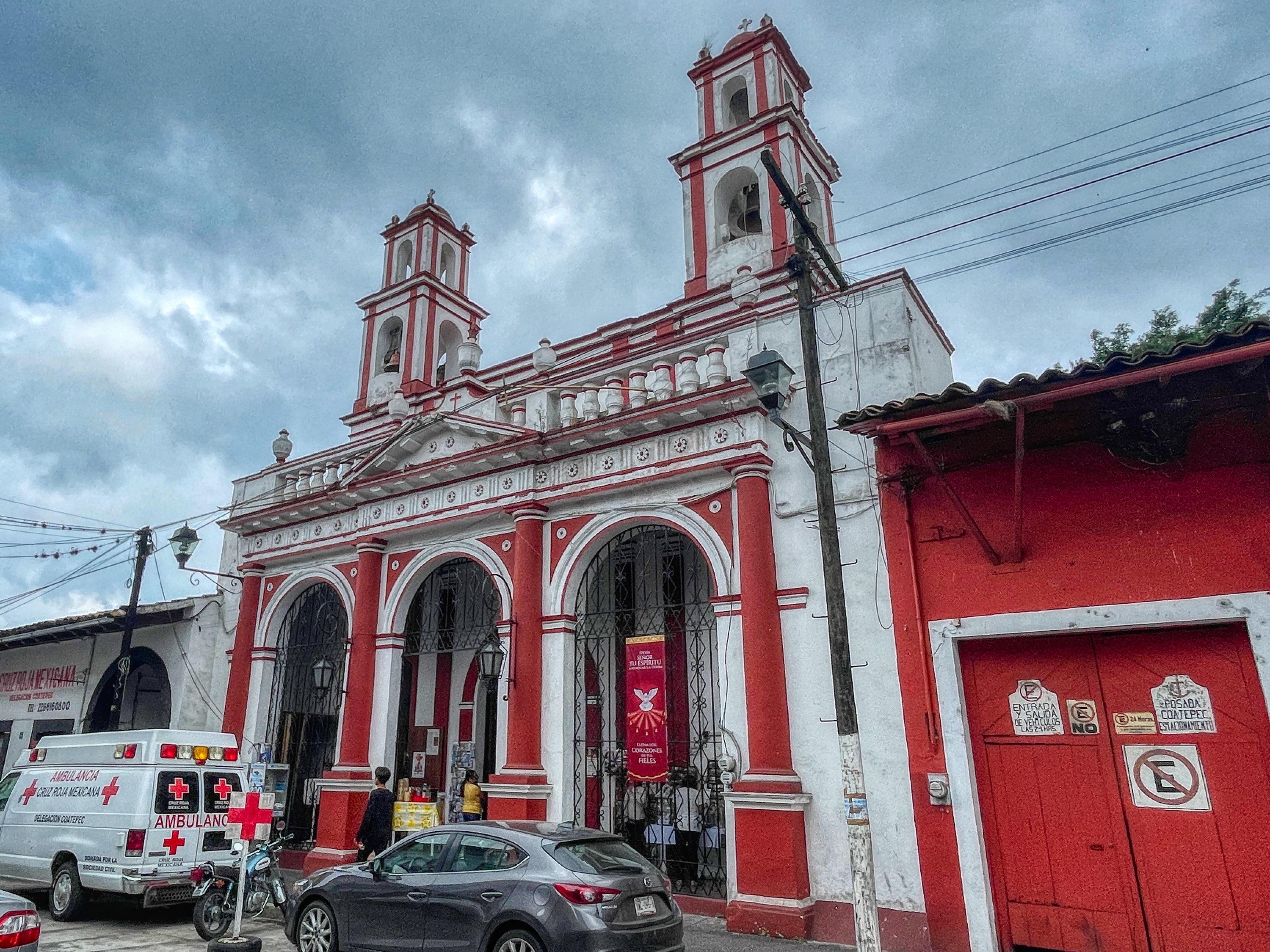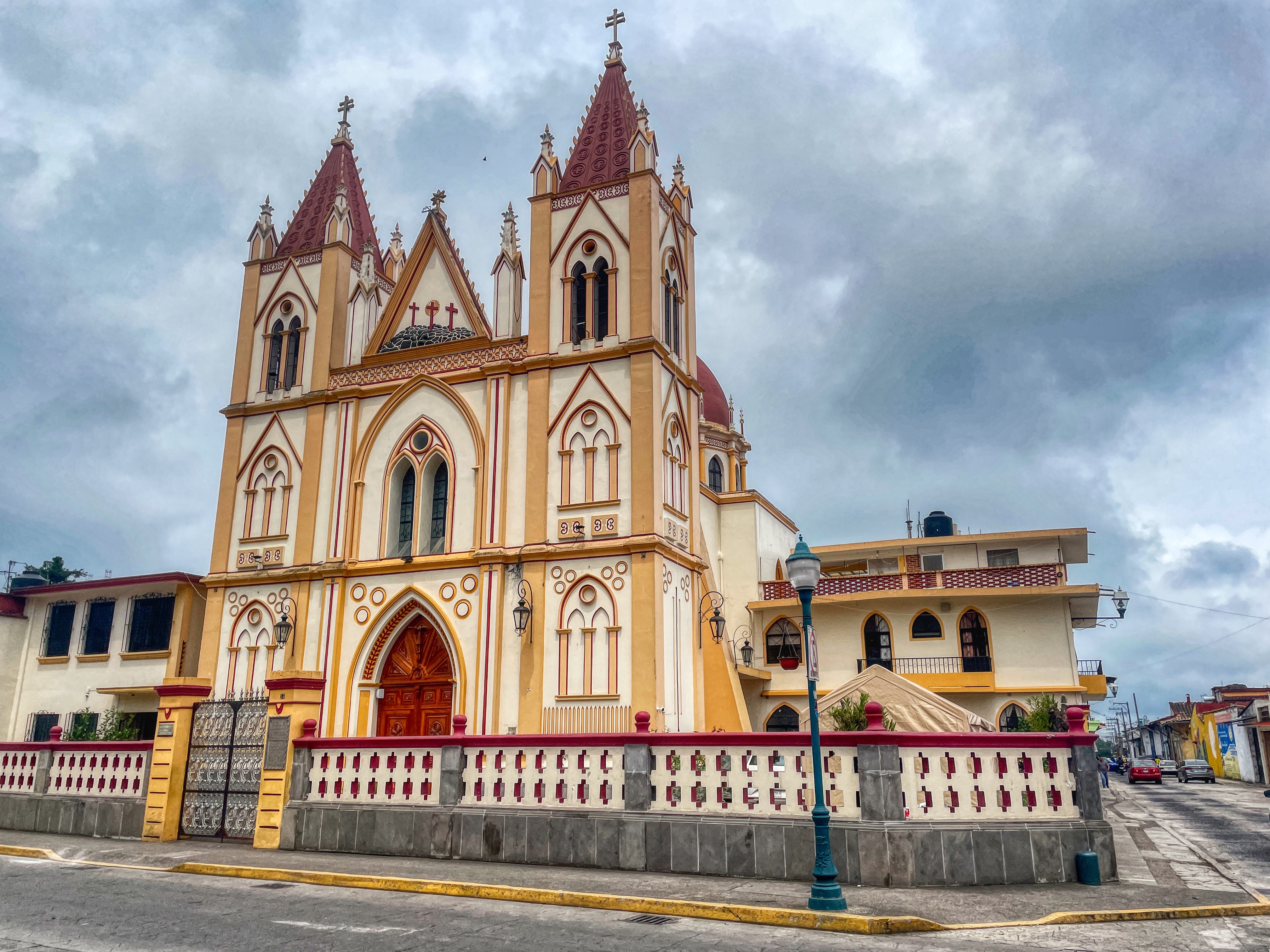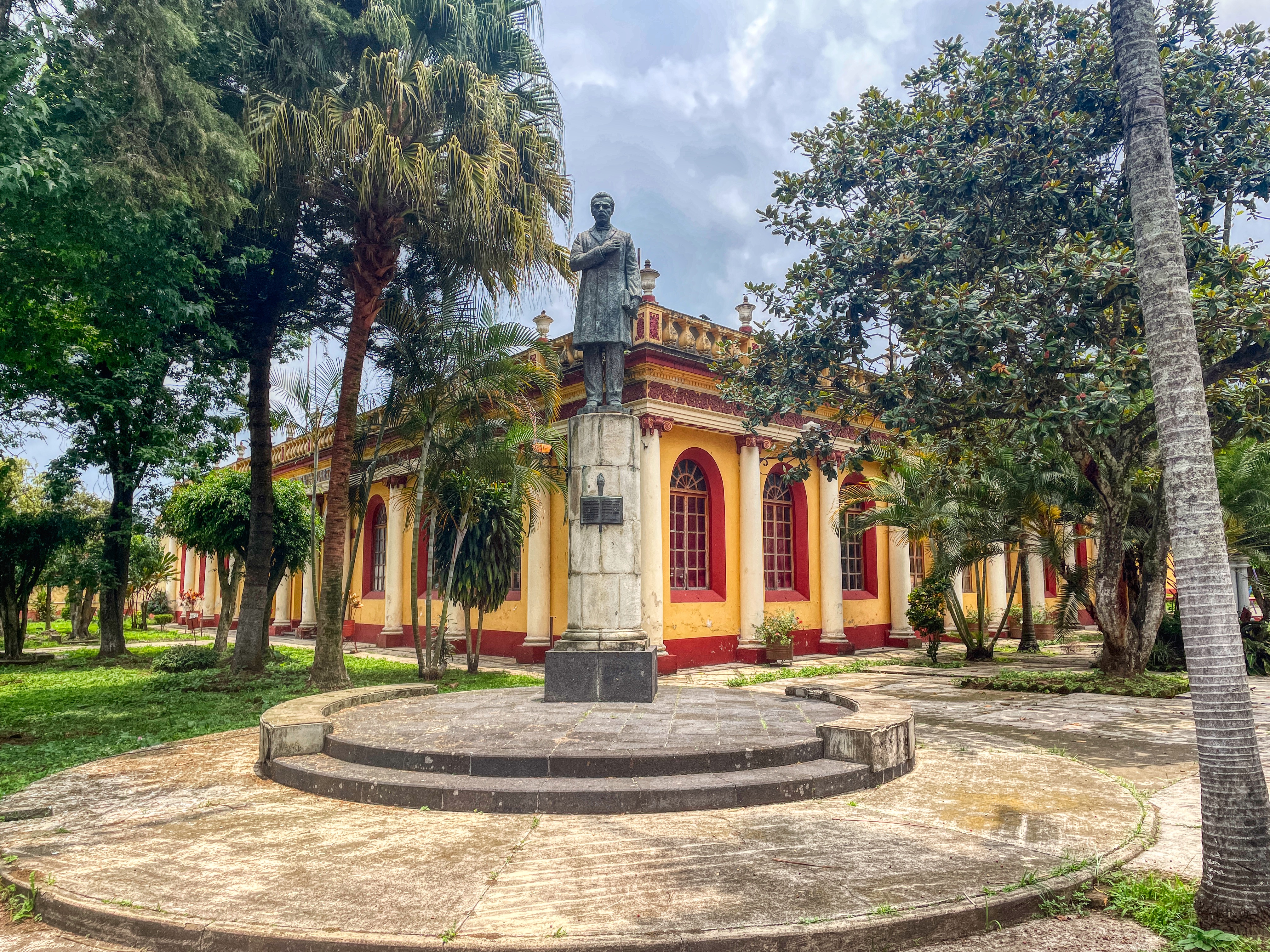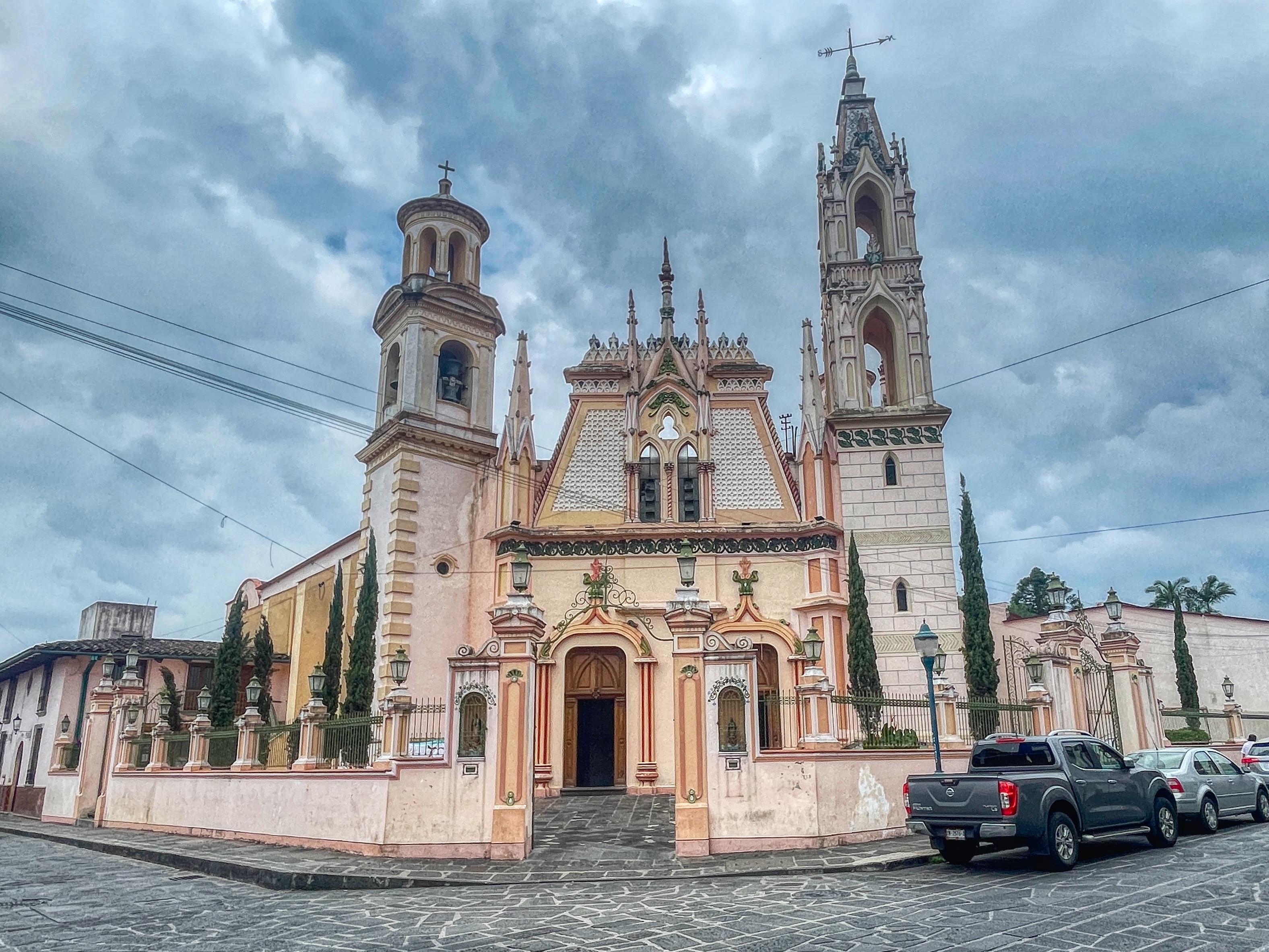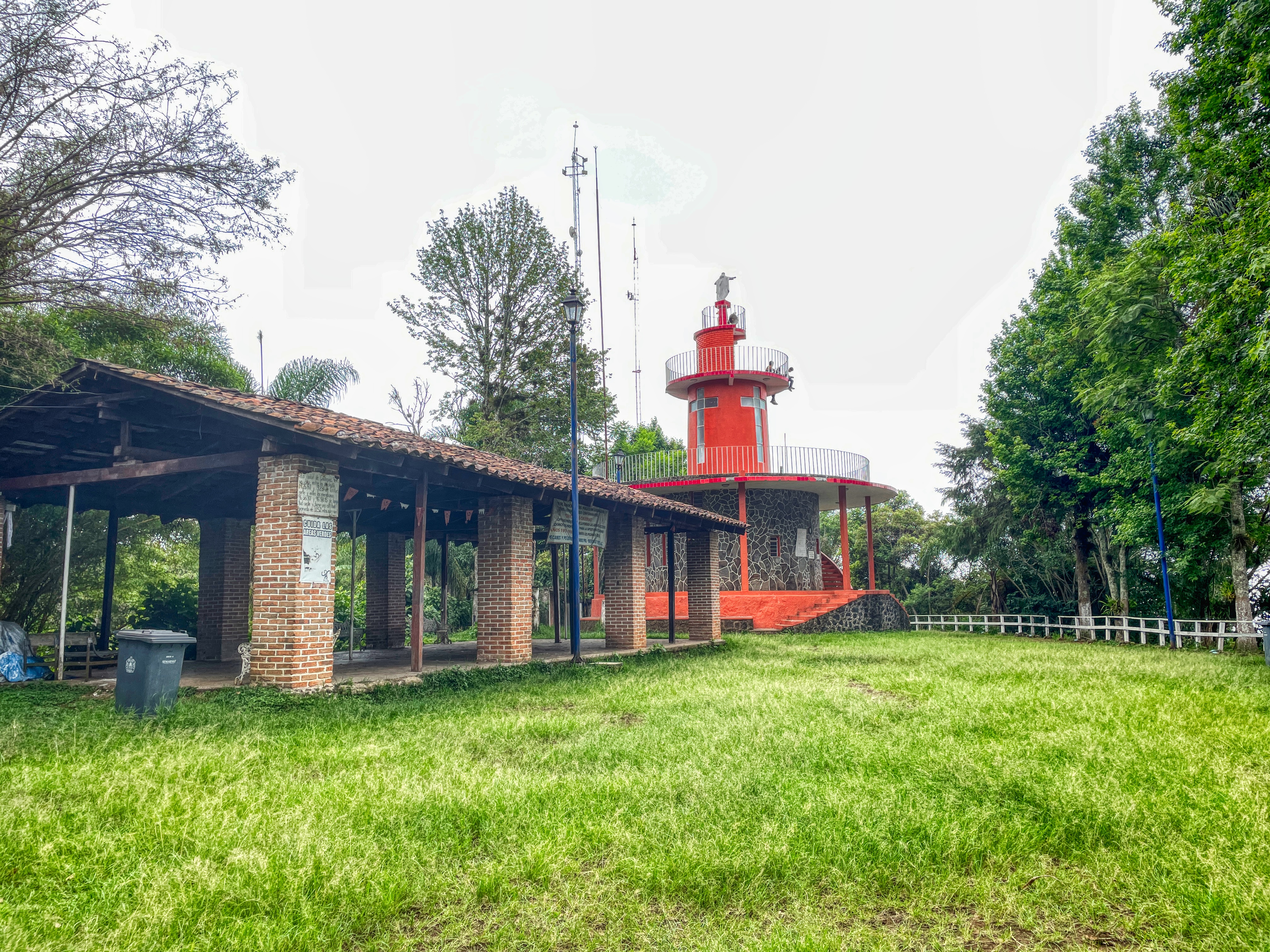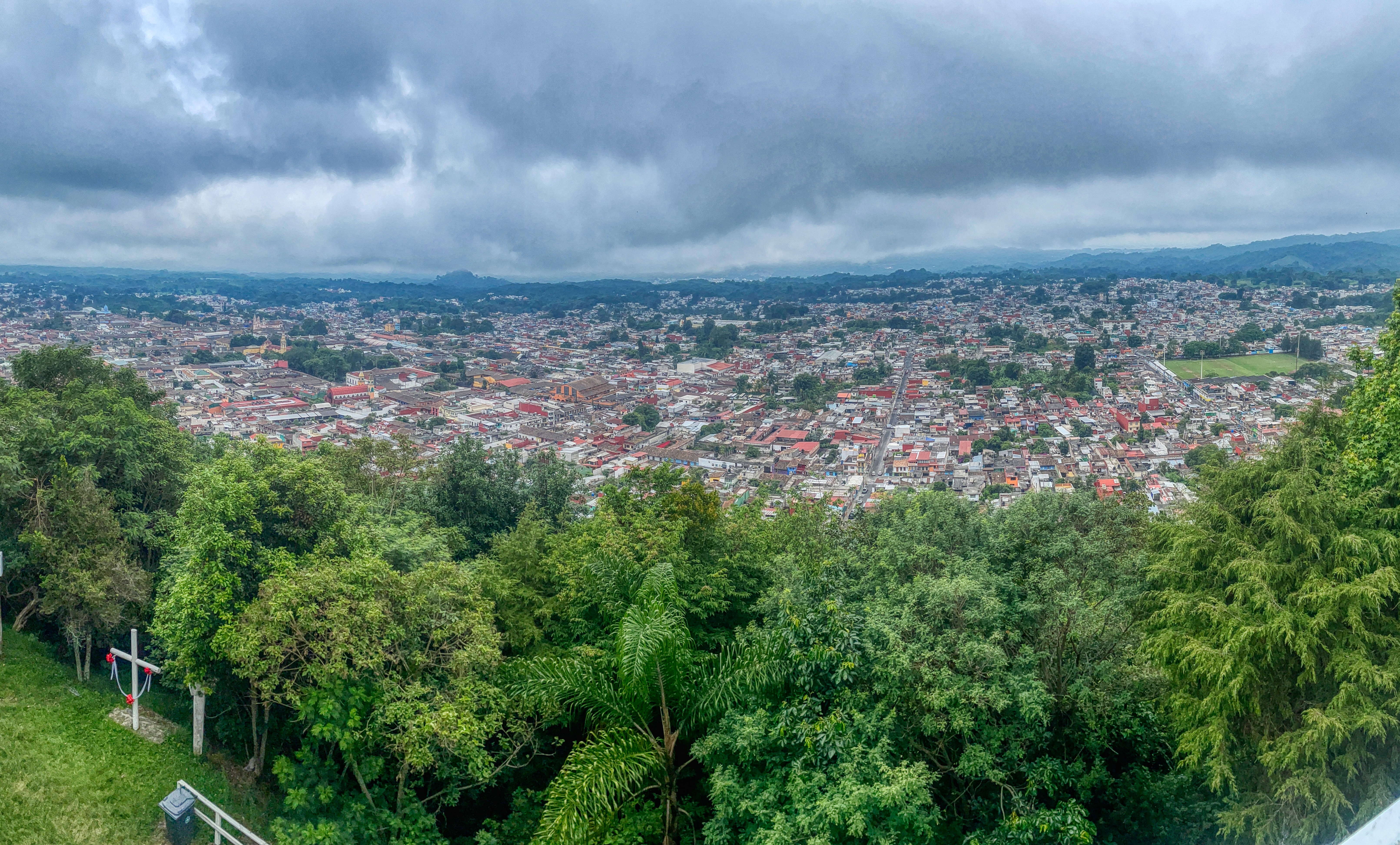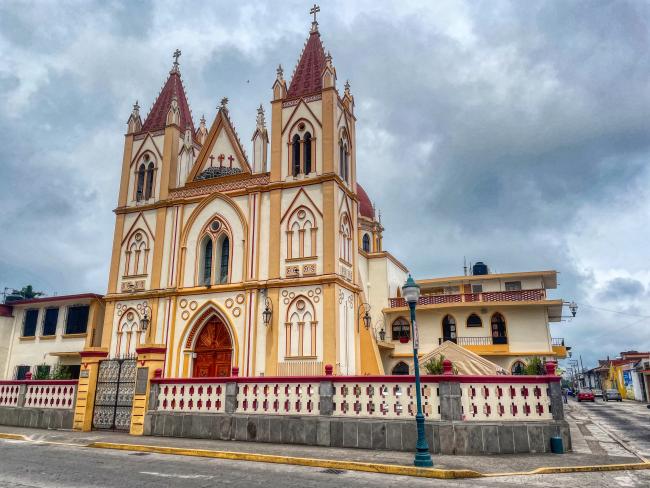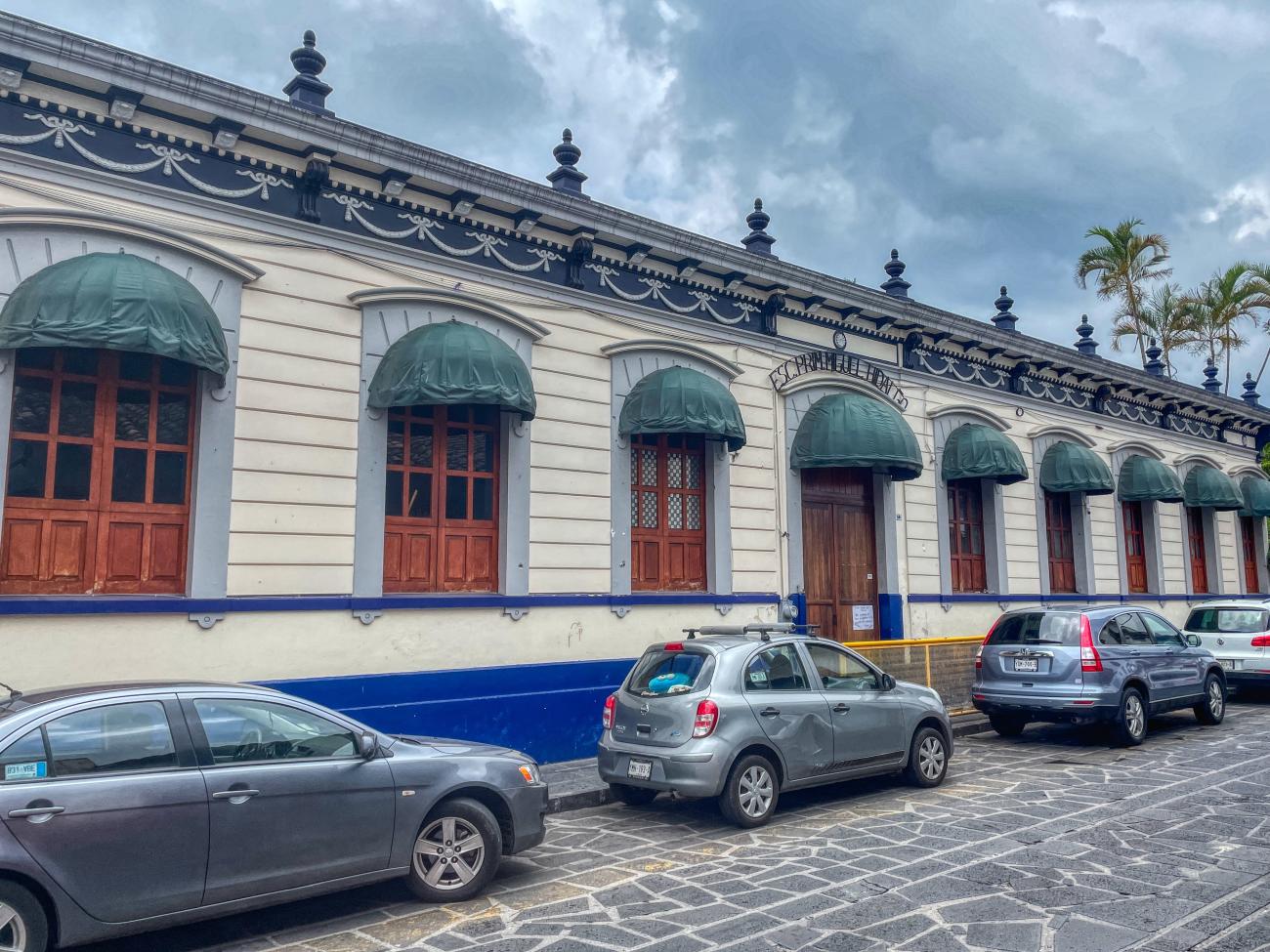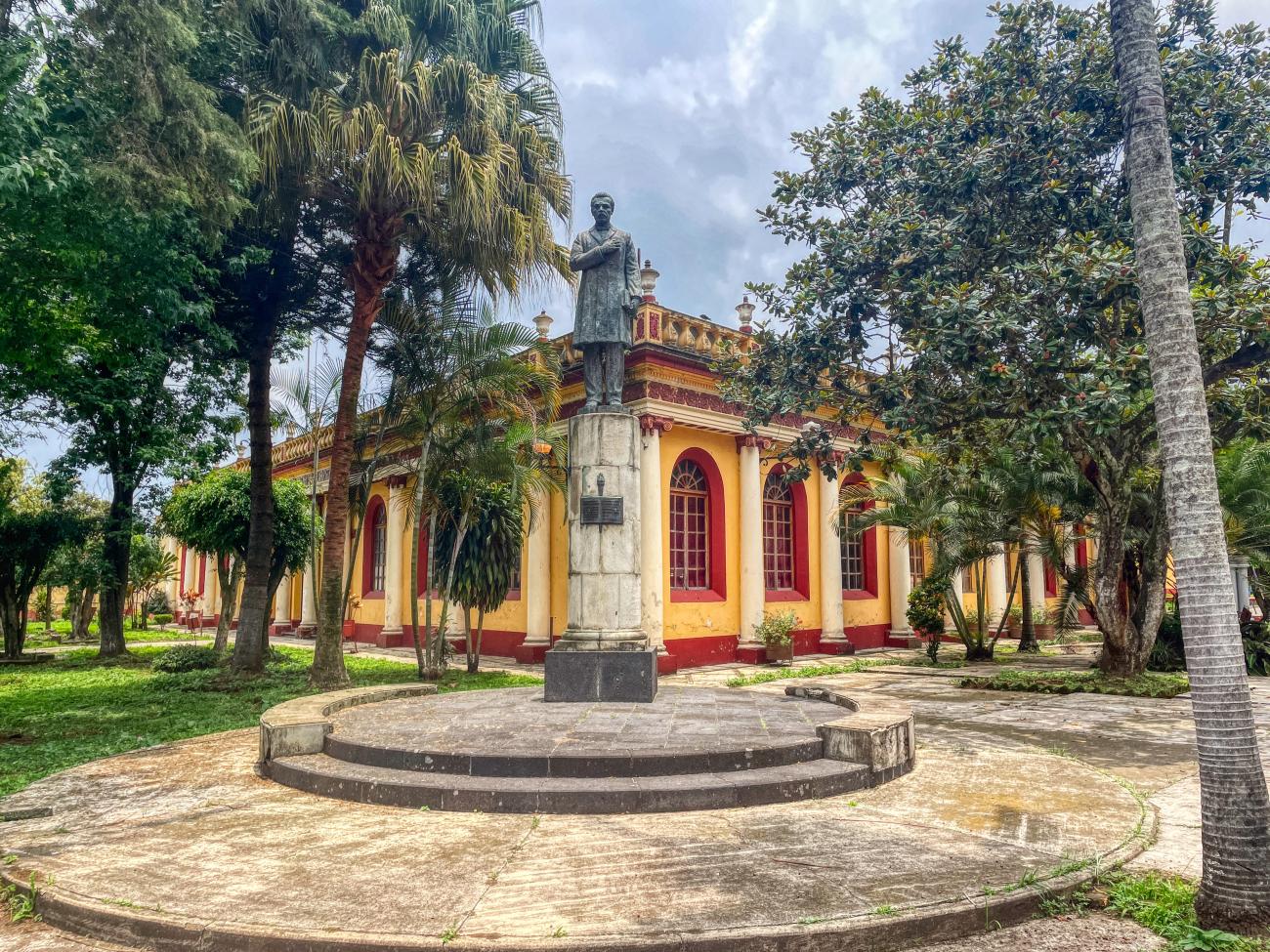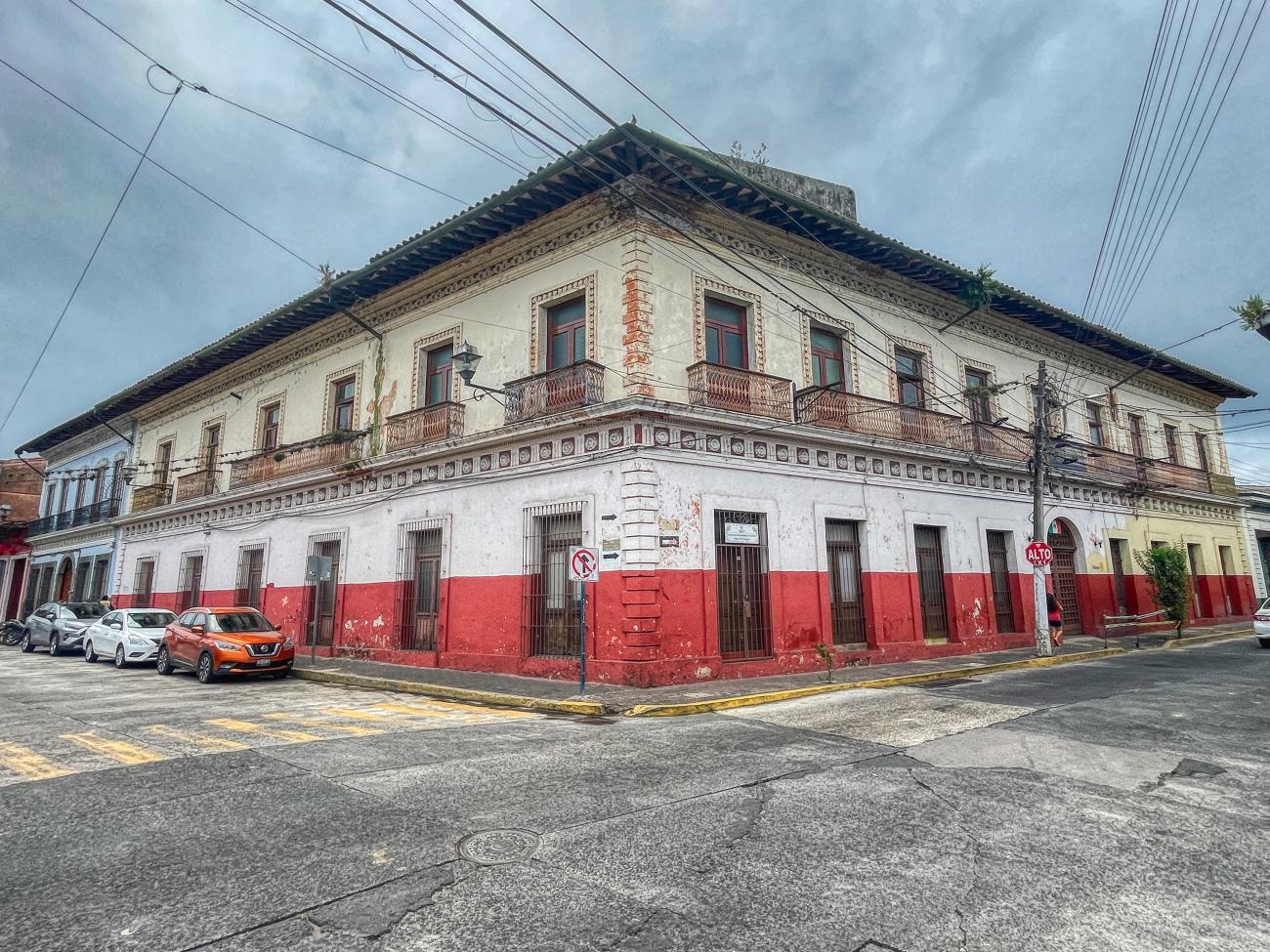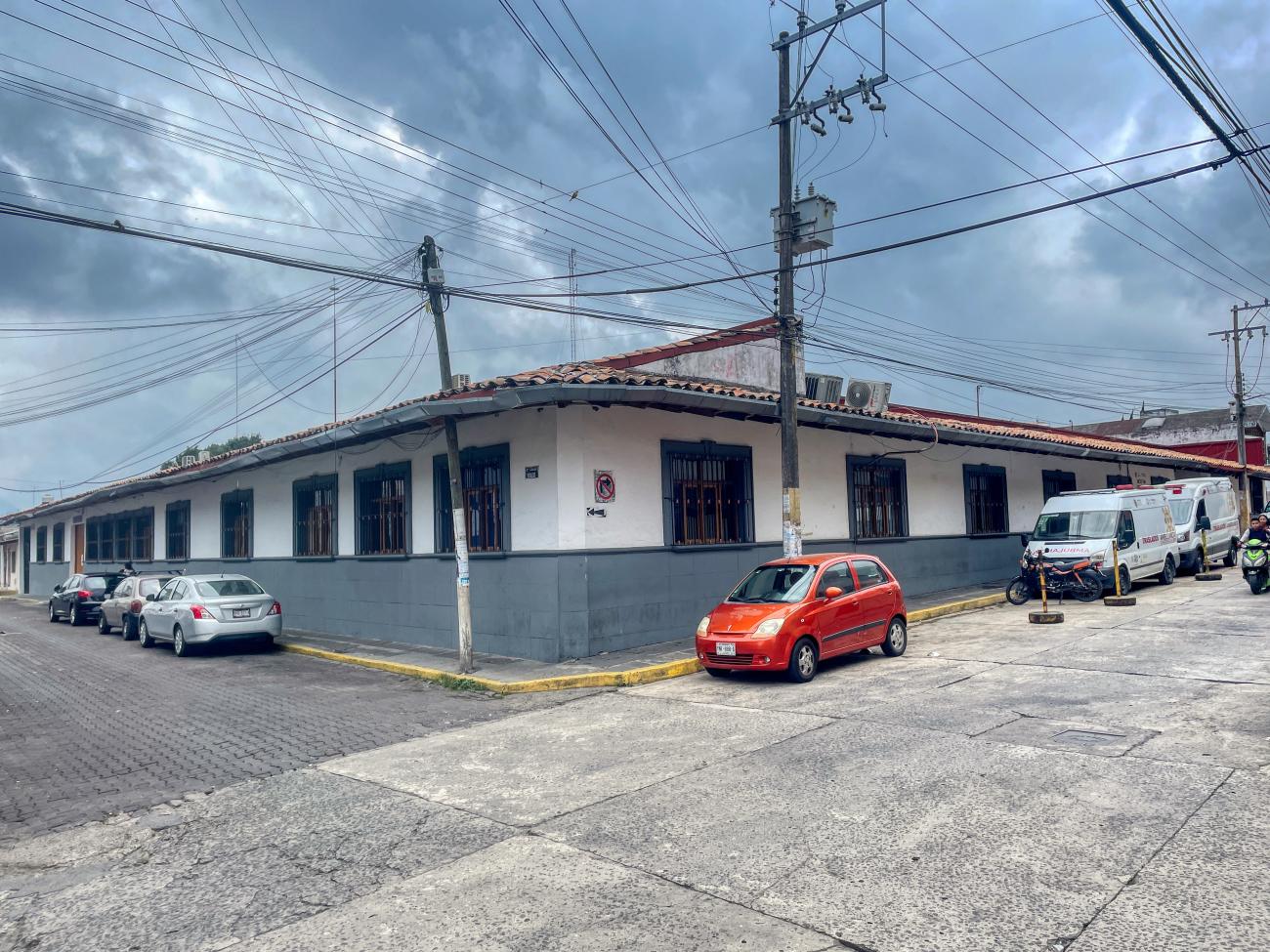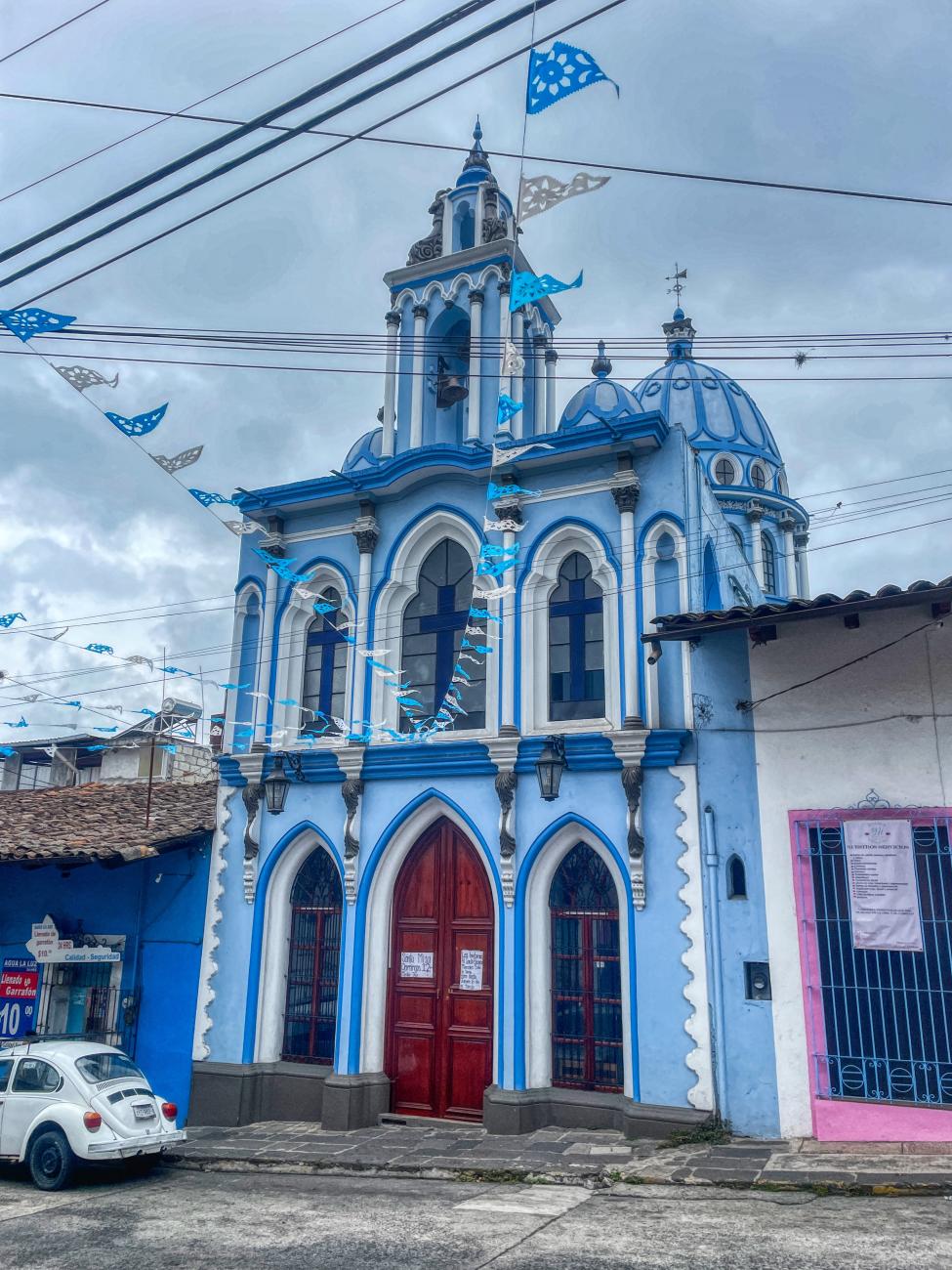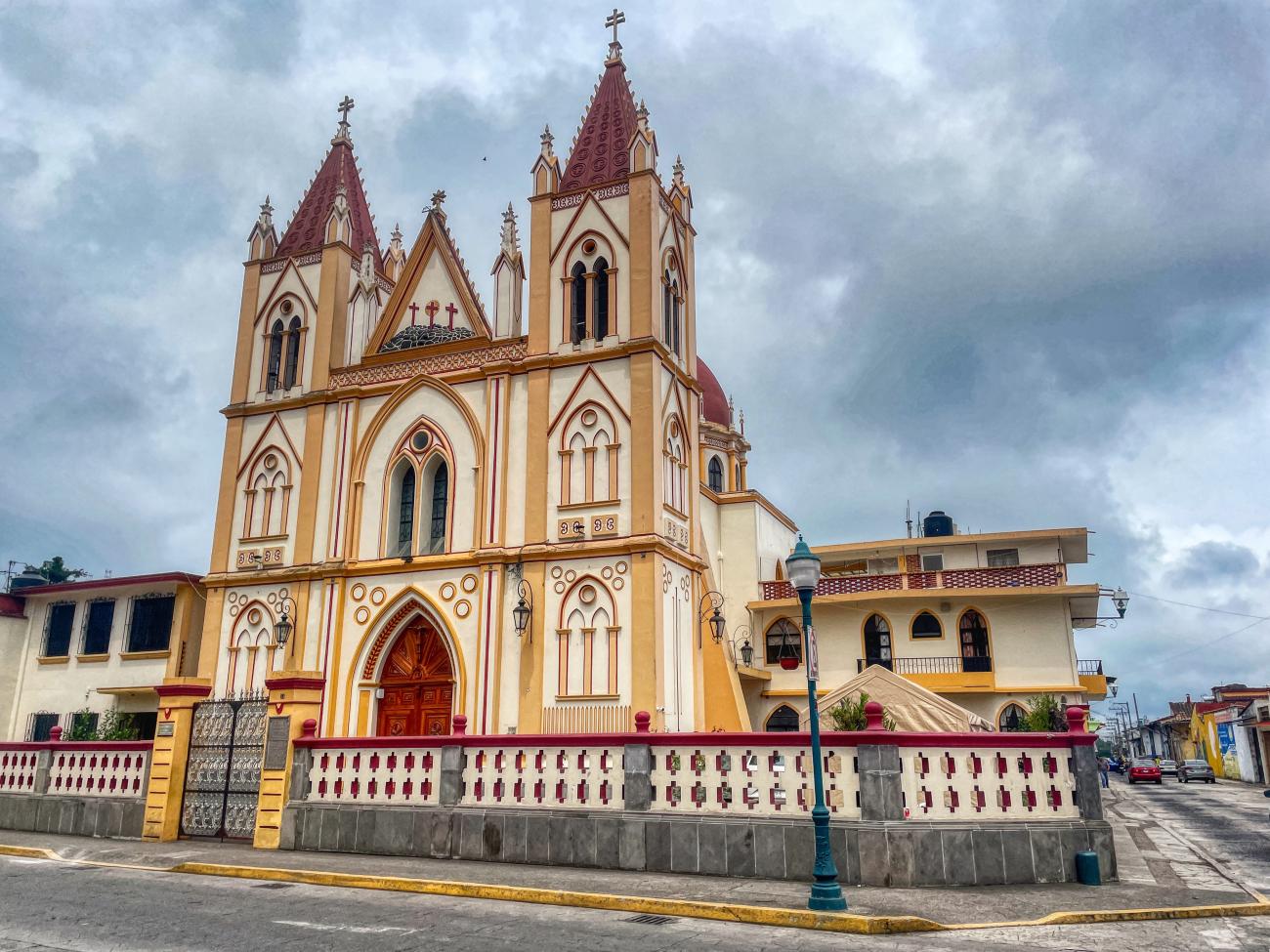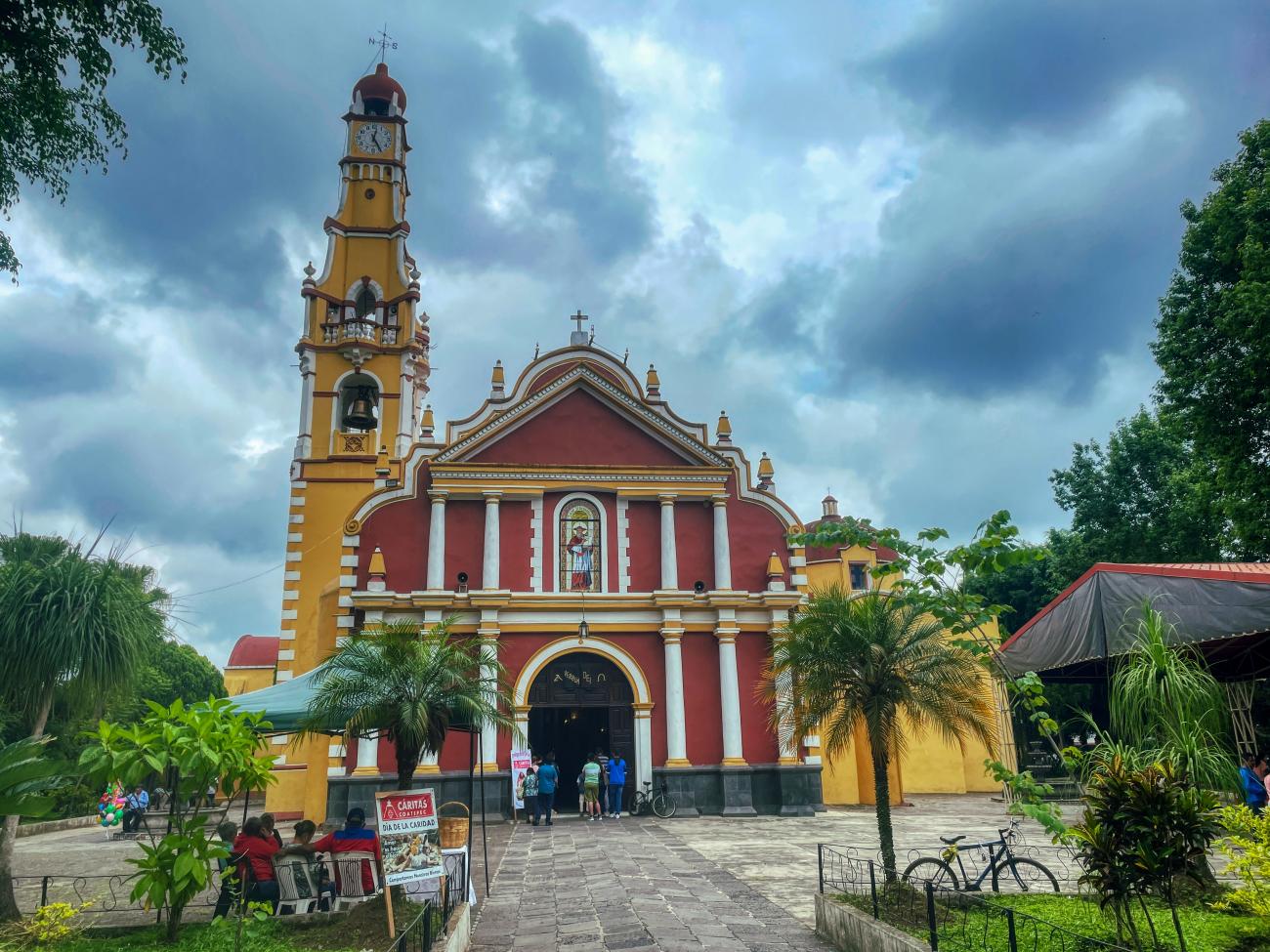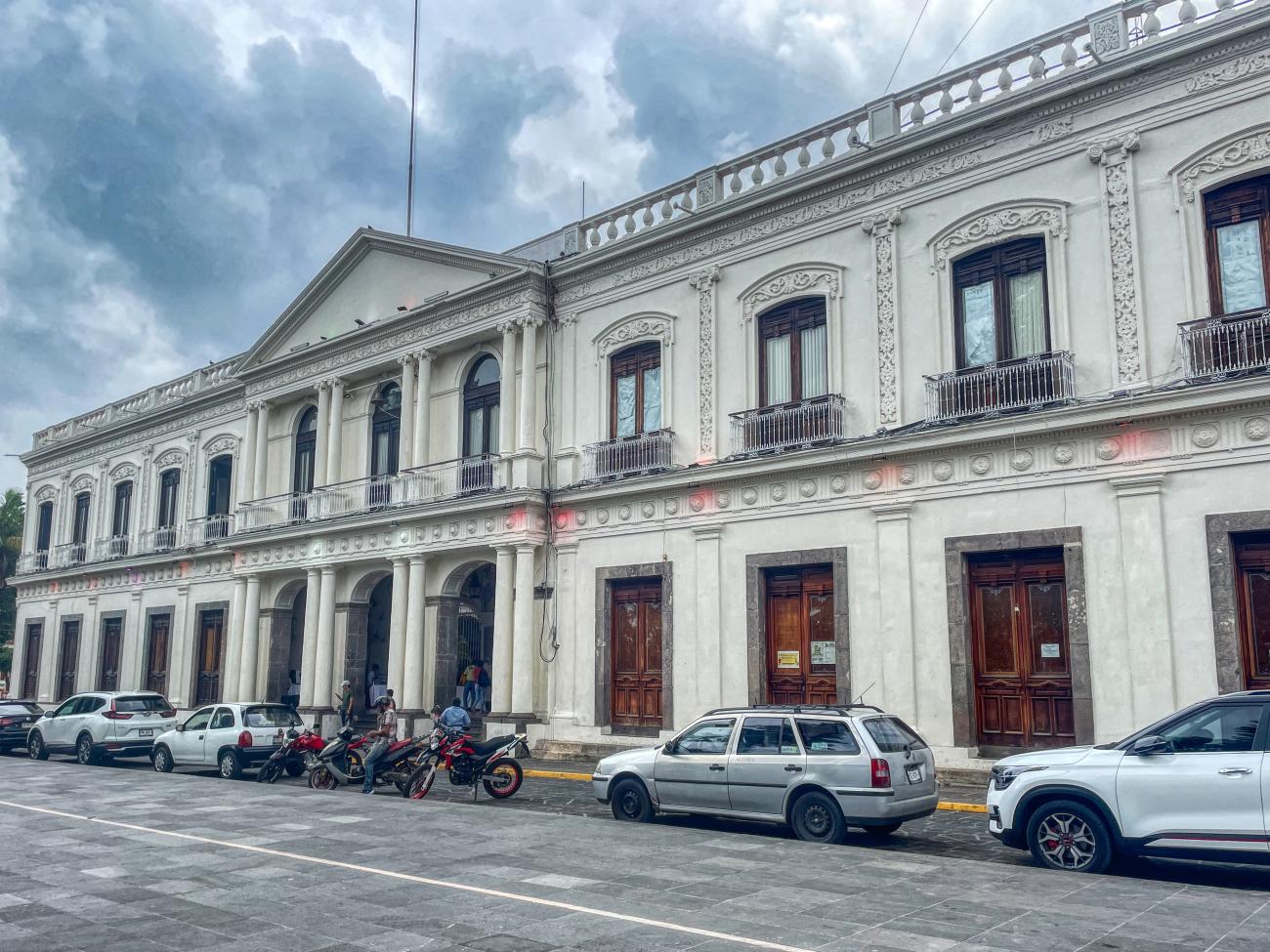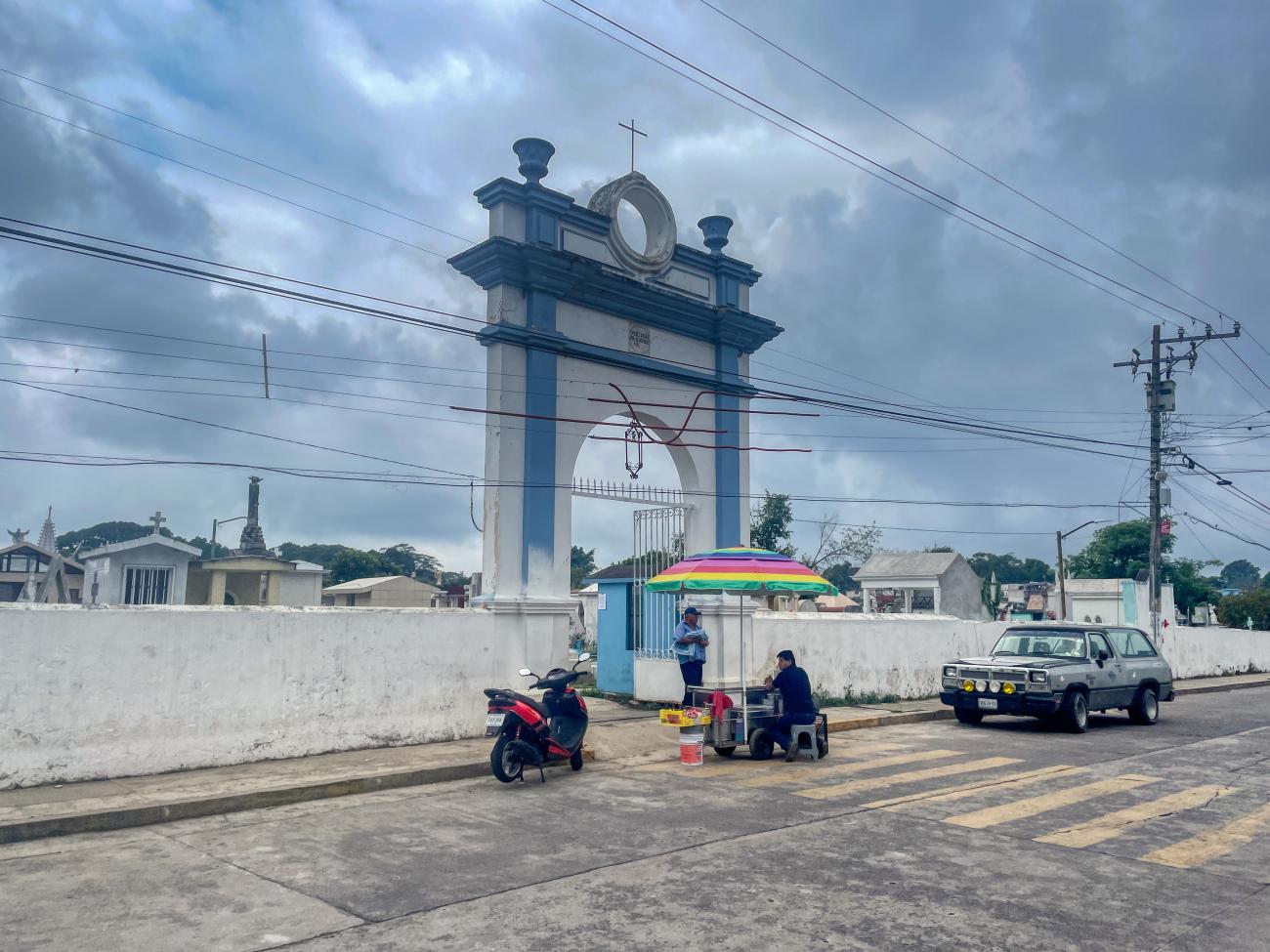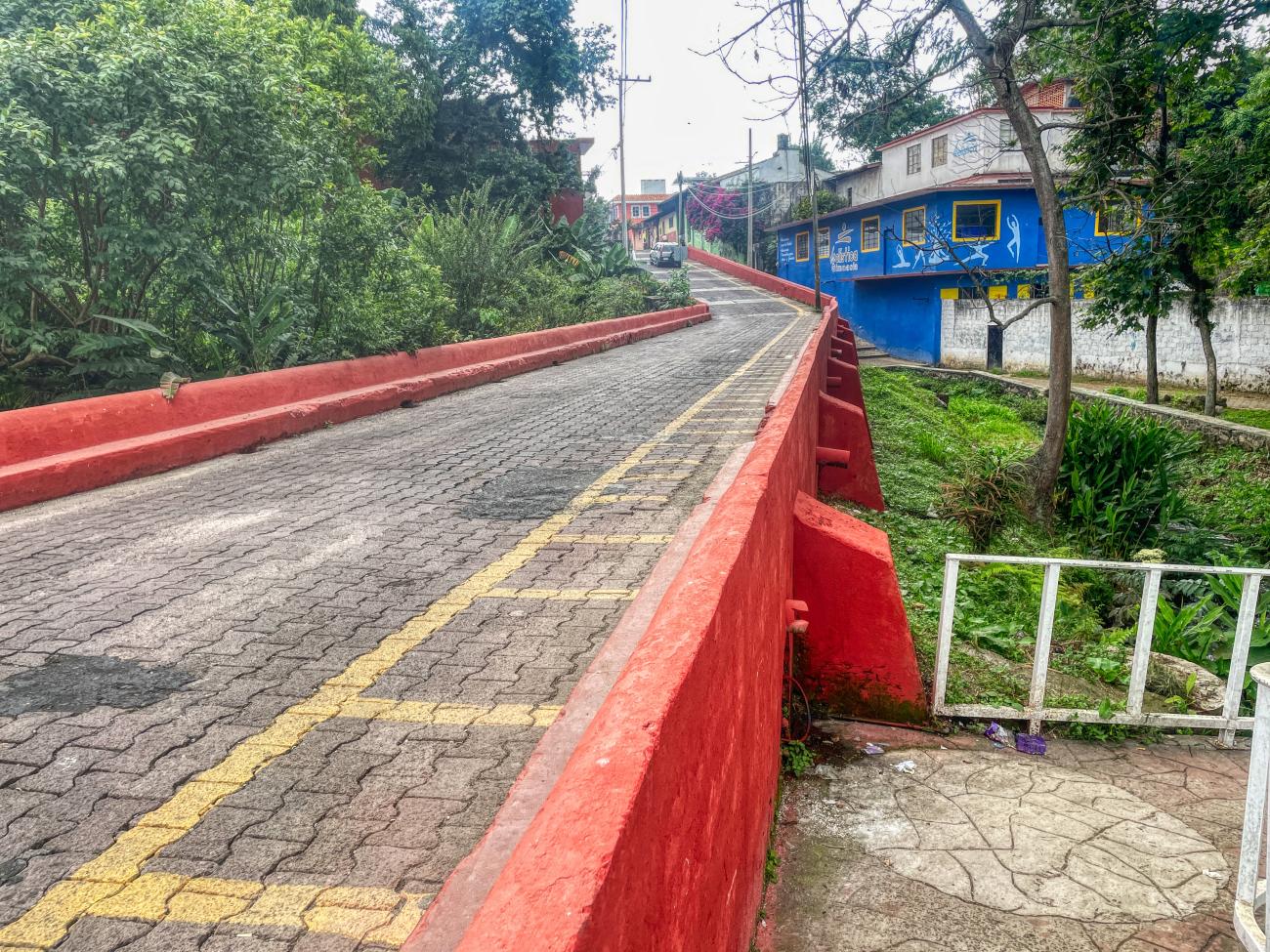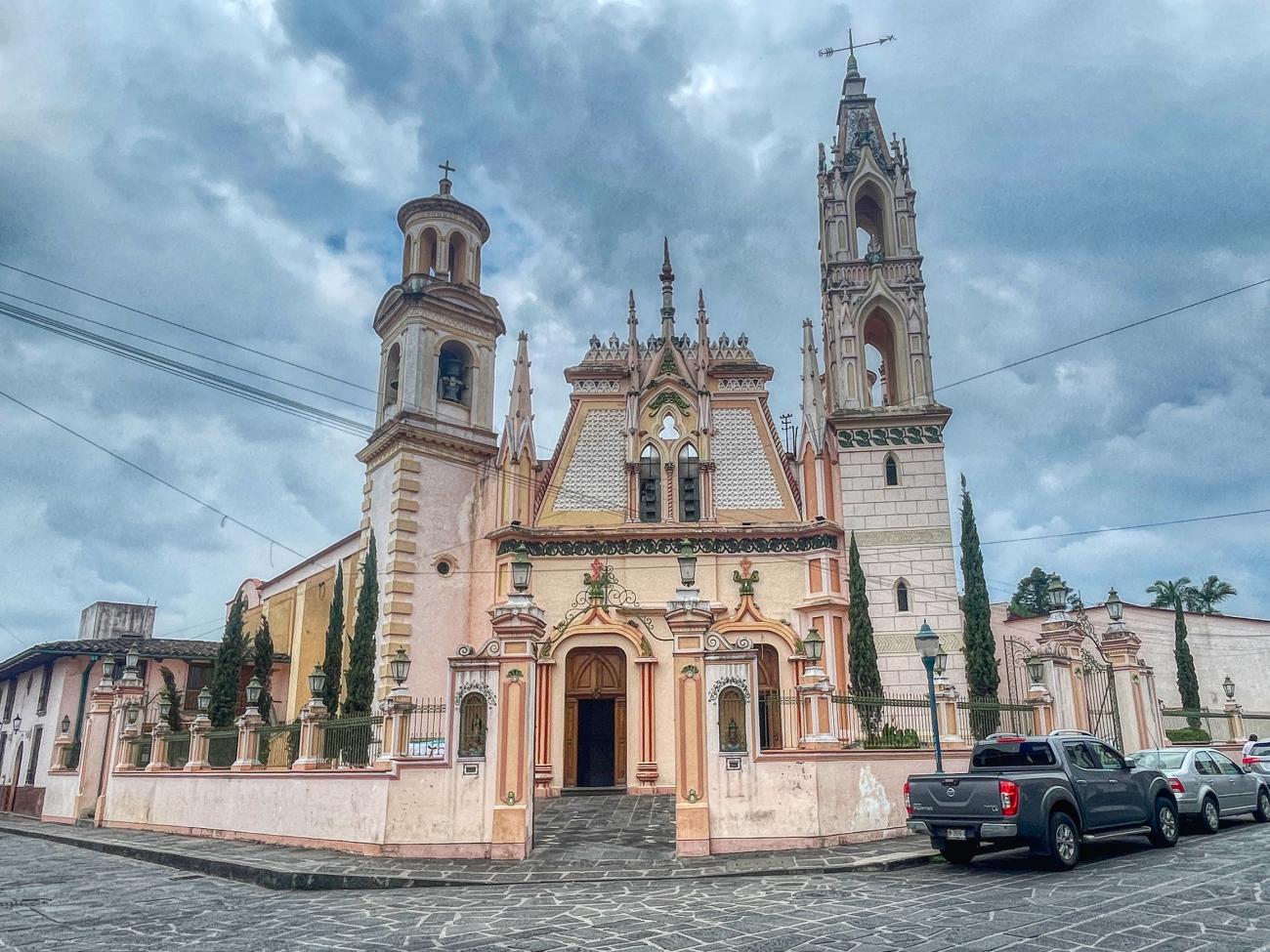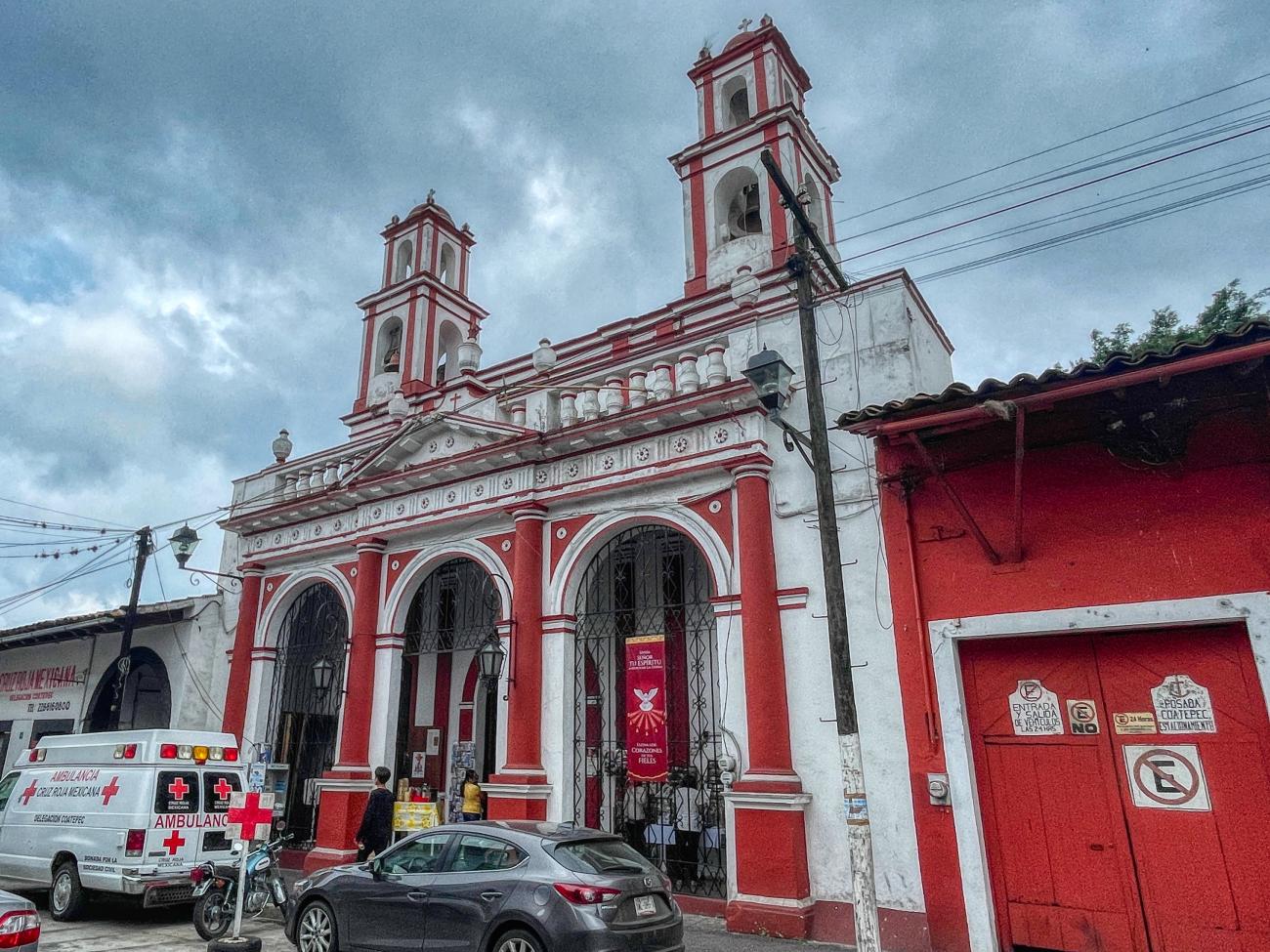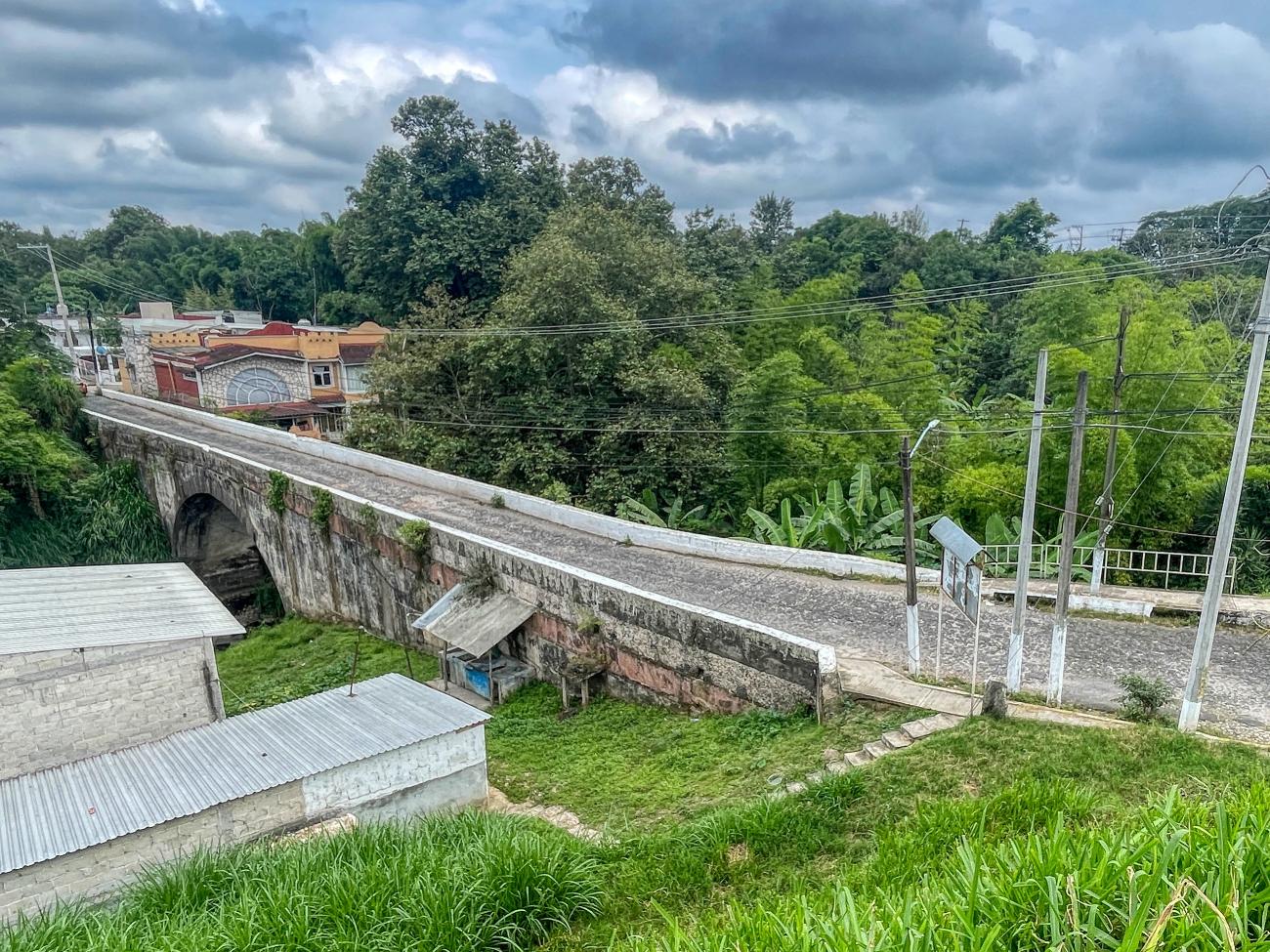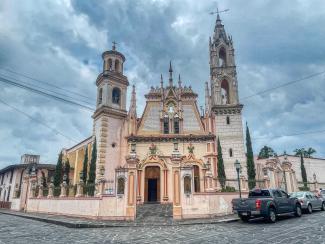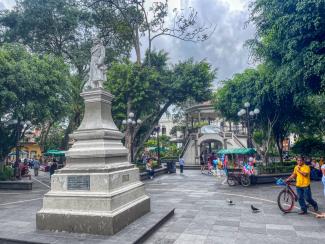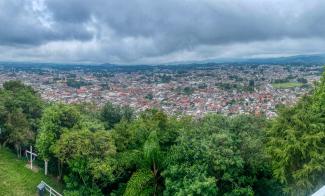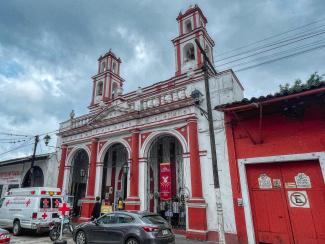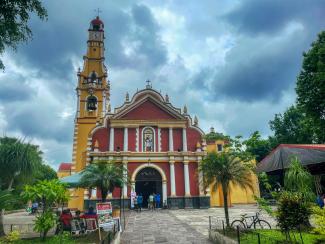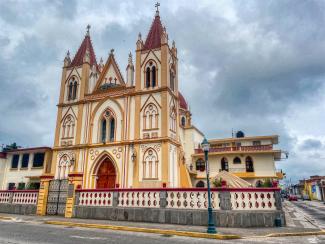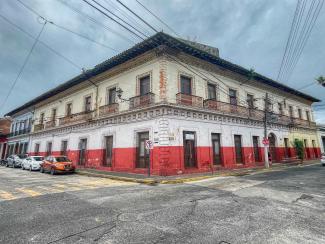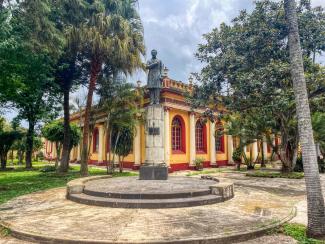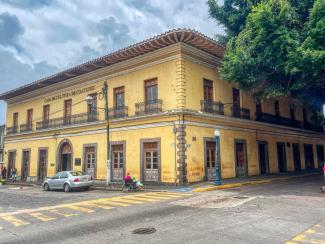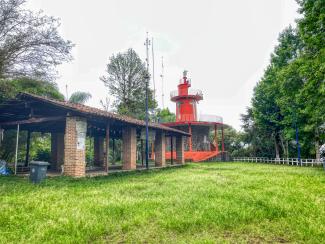Coatepec
Historical Monuments Zone
Abstract
Located in the mountains of Veracruz, Coatepec was an important point on the old road to Mexico City. Its architecture reflects the fusion of pre-Hispanic and colonial traditions. Notable religious buildings were built in the 17th century. Its climate is conducive to planting different species of fruit trees, and the area is renowned for the production of coffee.
The city of Coatepec, in the state of Veracruz, is located 80 kilometers from the Gulf of Mexico and stood on the old road to Mexico City since the 15th century. It is located on the slopes of the Sierra Madre Oriental at 1,252 meters above sea level, and its economic and social development is based on agricultural production that, since the 17th century, was focused on products such as sugar, tobacco and citrus. Today it is known worldwide for its coffee production.
The name Coatepec derives from Nahuatl and means “on the hill of the serpents.” The beginnings of the settlement date back to the Totonac people; some time after the conquest it was officially founded with the name of San Jerónimo Coatepec. In 1848 the State Congress granted it the rank of Villa due to the defensive actions of its inhabitants during the Mexican-American War; by 1886 it was already considered a city.
The Zone of Historical Monuments, declared on November 24, 2000, covers an area of 1.8 km2, formed by 49 blocks that boast a number of buildings of historical value, among which those dedicated to religious worship stand out, such as the Parish Church of San Jerónimo Coatepec, the Church of the Sacred Heart of Jesus, the Church of Our Lady of Guadalupe and the Churches of Calvario and La Luz.
Other notable sights are the Cural house, the Civil Hospital, the Municipal Pantheon, the Benito Juárez Cantonal School, the House of Culture, the Secondary School for Workers, the Presidency and the Municipal Jail, the Hidalgo Park and the lookout point of Cerro de las Culebras. The historically significant bridges are La Granja, San Andrés, Xicoténcatl, Zaragoza, La Luz, Las Tenerías or Los Pintores, El Panteón, La Pastoresa, Tablas, Tejocotal and El Obrador, La Orduña, the old Railroad Bridge to Xalapa, and El Trianón. In addition, in the vicinity of the town a number of haciendas and beneficios functioned as productive estates, such as Mahuixtlán, Tuzamapa, El Grande, Zimpizahua, Bola de Oro and Santa Fe.
Construction of the Parish Church of San Jerónimo Coatepec began in 1684 and was completed in 1806. The indigenous population participated in its construction, with the result that it has elements typical of pre-Hispanic constructions such as the stylized representation of the jaws of a snake at the entrance to the enclosure.
There is also a great variety of industrial architecture that is currently preserved, such as farms, mills, factories and masonry and iron bridges. In the region there are ancient mule tracks connecting towns across the mountains, and Coatepec belongs to a region of Veracruz known as the Sugar and Coffee Route. In addition to having one of the most important sugar mills in the area, it has developed a significant tourist and coffee industry.
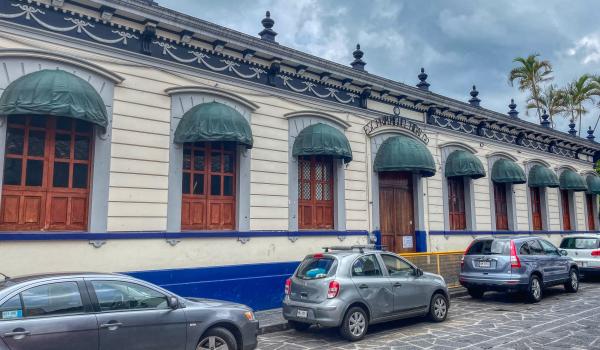
Escuela Miguel Hidalgo
A 19th-century building, constructed in a single section, with 10 openings on its façade, which features a cushion molding up to the baseboard.
Escuela Miguel Hidalgo
A 19th-century building, constructed in a single section, with 10 openings on its façade, which features a cushion molding up to the baseboard.
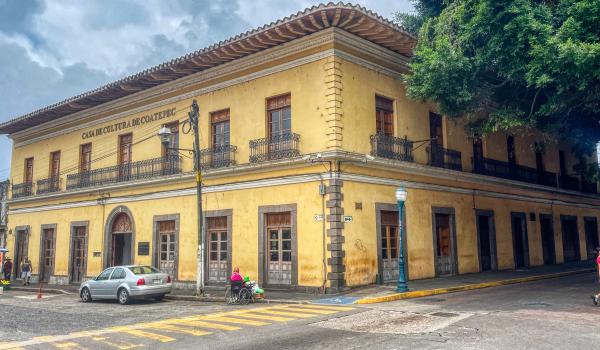
Instituto Cultural Coatepecano
Building founded in 1885. The Cantonal School was established there in 1965.
Instituto Cultural Coatepecano
Building founded in 1885. The Cantonal School was established there in 1965.
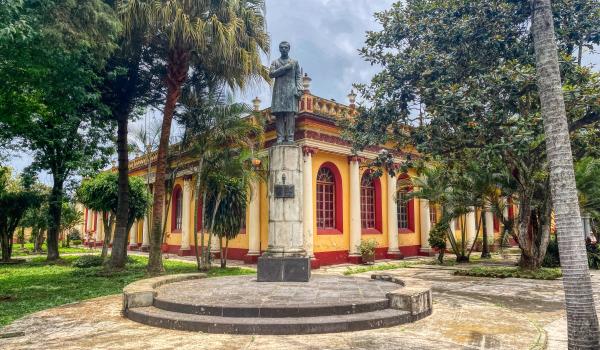
Escuela Primaria "Benito Juarez"
19th-century building.
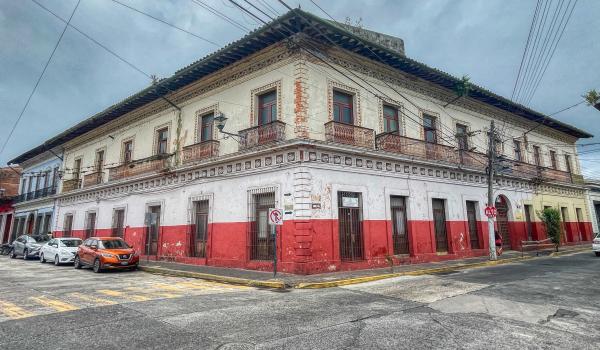
Escuela para Trabajadores "Joaquin Ramirez Cabañas"
19th-century building.
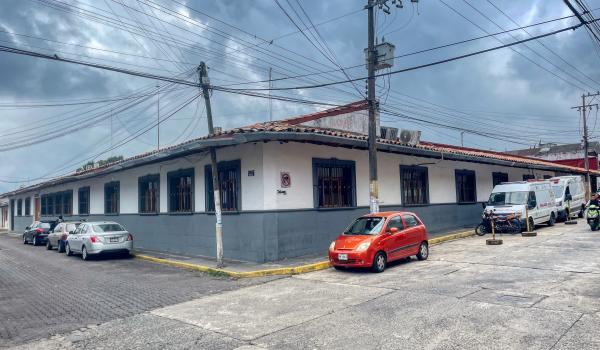
Hospital Civil
A 19th-century building, it initially functioned as an inn, then became a residence. On April 29, 1950, it began operating as a civilian hospital.
Hospital Civil
A 19th-century building, it initially functioned as an inn, then became a residence. On April 29, 1950, it began operating as a civilian hospital.
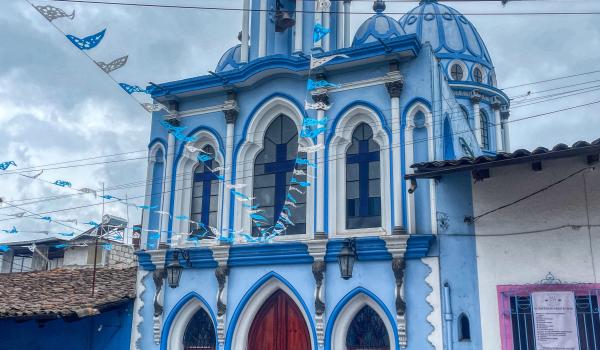
Capilla de Nuestra Señora de la Luz
The first stone of this religious building was laid in 1881. The land was donated by Camilo Hernández, and construction began in 1887.
Capilla de Nuestra Señora de la Luz
The first stone of this religious building was laid in 1881. The land was donated by Camilo Hernández, and construction began in 1887.
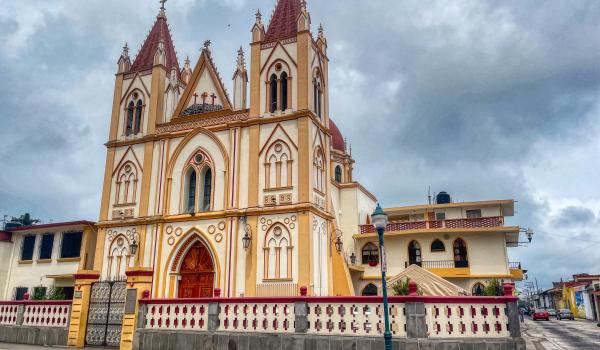
Parroquia del Calvario
18th-century religious building.
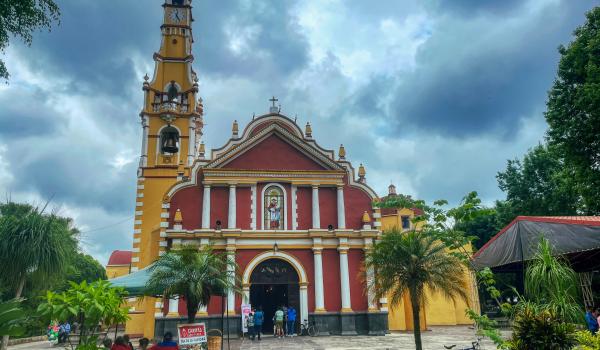
Parroquia de San Jerónimo
17th-century religious building.
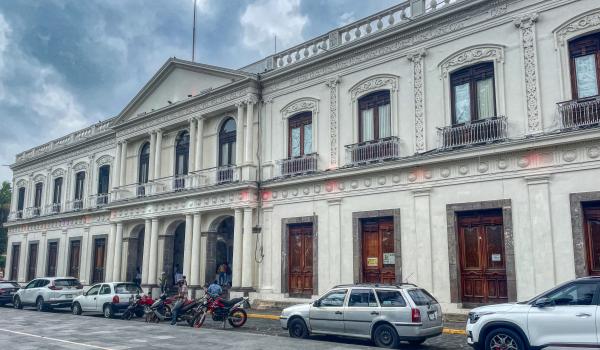
Palacio Municipal de Coatepec
Construction on this building began in 1849 and was completed in 1853.
Palacio Municipal de Coatepec
Construction on this building began in 1849 and was completed in 1853.
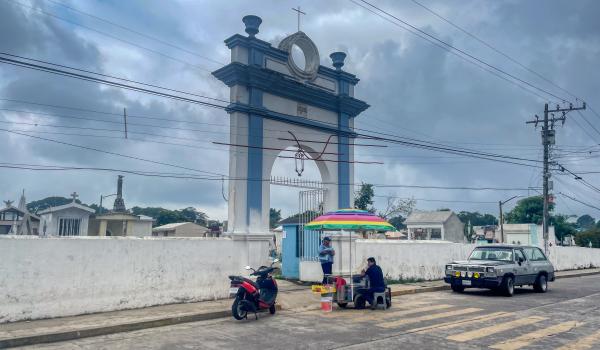
Panteón Municipal "Civil"
This cemetery was built on approximately September 16, 1871.
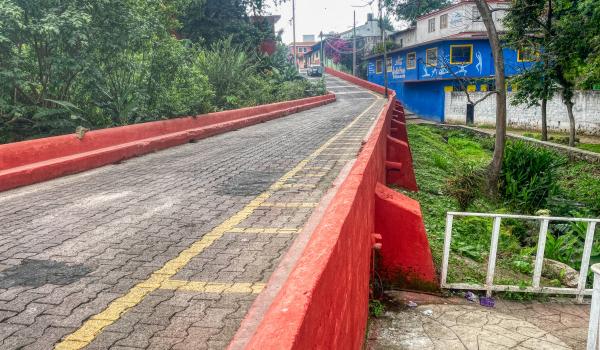
Puente de la Granja
This bridge was built at the end of the 19th century to cross the San Andrés River. It is named after an adjacent farm that was very popular during the 19th century.
Puente de la Granja
This bridge was built at the end of the 19th century to cross the San Andrés River. It is named after an adjacent farm that was very popular during the 19th century.
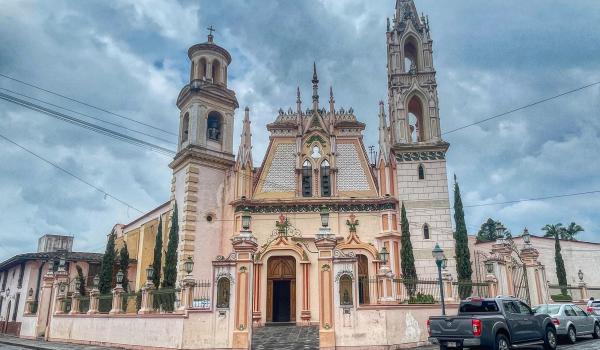
Parroquia Menor de Guadalupe
19th-century religious building.
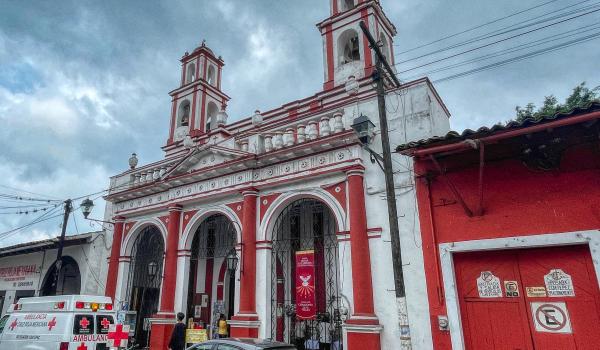
Templo del Sagrado Corazón de Jesús
Construction of this religious building began in June 1887 and was completed in 1890.
Templo del Sagrado Corazón de Jesús
Construction of this religious building began in June 1887 and was completed in 1890.
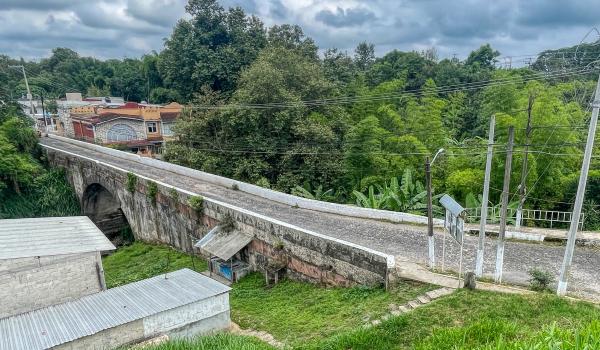
Puente de La Orduña

